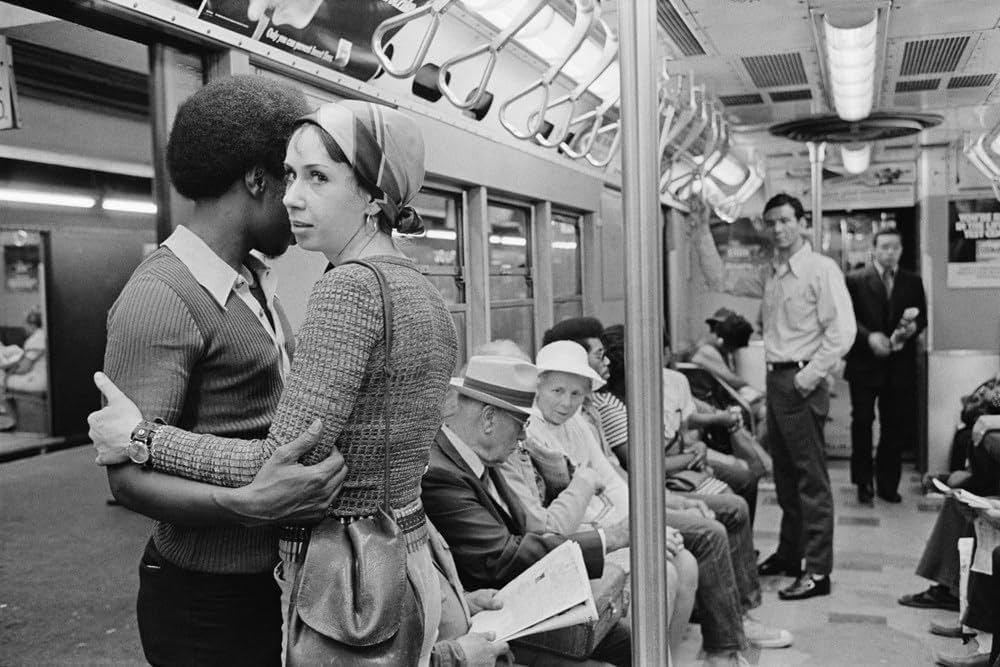Ernest Cole: Lost and Found Review: Raul Peck Brings The Work Of A South African Photographer To The Screens of Cannes.
By Arden Lawson
I was first introduced to Raul‘s work through his four-part HBO documentary, Exterminate All the Brutes. In this mini-series, he explores the exploitative and genocidal aspects of European colonialism and its impact on society today. During the exploration, Raul sheds light to the many silenced voices and stories present beneath the surface. There was no doubt that when I saw his name on a special selection for this year’s festival I had to go.
Narrated by Lakeith Stanfield, Ernest Cole: Then and Now, tells the story of Ernest Levi Tsoloane Kole, and his journey as he began photographing the everyday horrors and resilience of Black South Africans in the late 1950s. Inspired by Henri Cartier-Bresson's work, Cole's black-and-white photographs vividly depict the harsh life under apartheid, capturing scenes of segregation, oppression, and the stark power dynamics between Black citizens and white authorities. His images, which feature signs like "Europeans only," and scenes of police brutality, serve as powerful visual indictments of the apartheid system.
In 1966, facing escalating dangers in South Africa, Cole fled to New York City, where he published House of Bondage (1967). This groundbreaking book revealed the harsh truths of apartheid to the global audience, intensifying international pressure on South Africa to end its policies. Despite his success, Cole's exile was fraught with challenges. The documentary uses Cole's letters, journals, and interviews to portray his emotional and psychological struggles in exile, highlighting his profound homesickness and declining mental health.
What struck me the most was Cole’s relentless fight for sovereignty. Throughout the film, Cole's journey is portrayed as a profound exploration of his identity and autonomy, both in South Africa and the United States, with his camera serving as the vehicle for this quest. Cole's photographs are not just images; they are powerful interrogations of the world as it was presented to him. Each shot captures his perspective, his life, and his reality. Unlike motion pictures, which offer a continuous narrative, Peck gives each of Cole’s photographs time to breathe on the screen, allowing me to pause and imagine the broader context of each captured moment. I felt a deeper engagement with the scenes and stories he presented.
Another theme that struck me is Cole's sense of rootlessness. “I am homesick and I can't return,” this sentiment resonates strongly throughout the film. Peck masterfully conveys this sense of feeling unanchored, underlining the solace that Cole found in his art. Through Stanfield’s empathetic narration, we hear Cole's poignant reflections, reinforcing the idea that his photographs were more than just visual records—they were his way of making sense of a fractured world.
As the film closes, it is uncovered that tens of thousands of Cole’s photographs have been discovered in a Swedish bank’s deposit box, a mystery still unresolved today. In the creation of this film, Peck was tasked with sifting through all of the photos and selecting which best told the story of Cole. The following day, when asked what guided his selection process, Peck responded, “People would ask me, ‘How did you find humanity in photos when the gaze was always rooted in power,’ to which I would say, ‘Choose photos where the subject is looking at the camera…that’s where humanity lies.”
As an aside, I was curious if Peck had any advice for students, like myself, eager to find their way in the film industry and beyond. His response was direct and impactful, he looked me dead in the face, stern yet genuine, and said, “Too many people want to be given opportunities, you have to keep going, especially for you, nothing will be handed to you, so you need to kick down doors, find a helping hand to open one or make your own.’”
Bet
Awards: Golden Eye Documentary Prize

